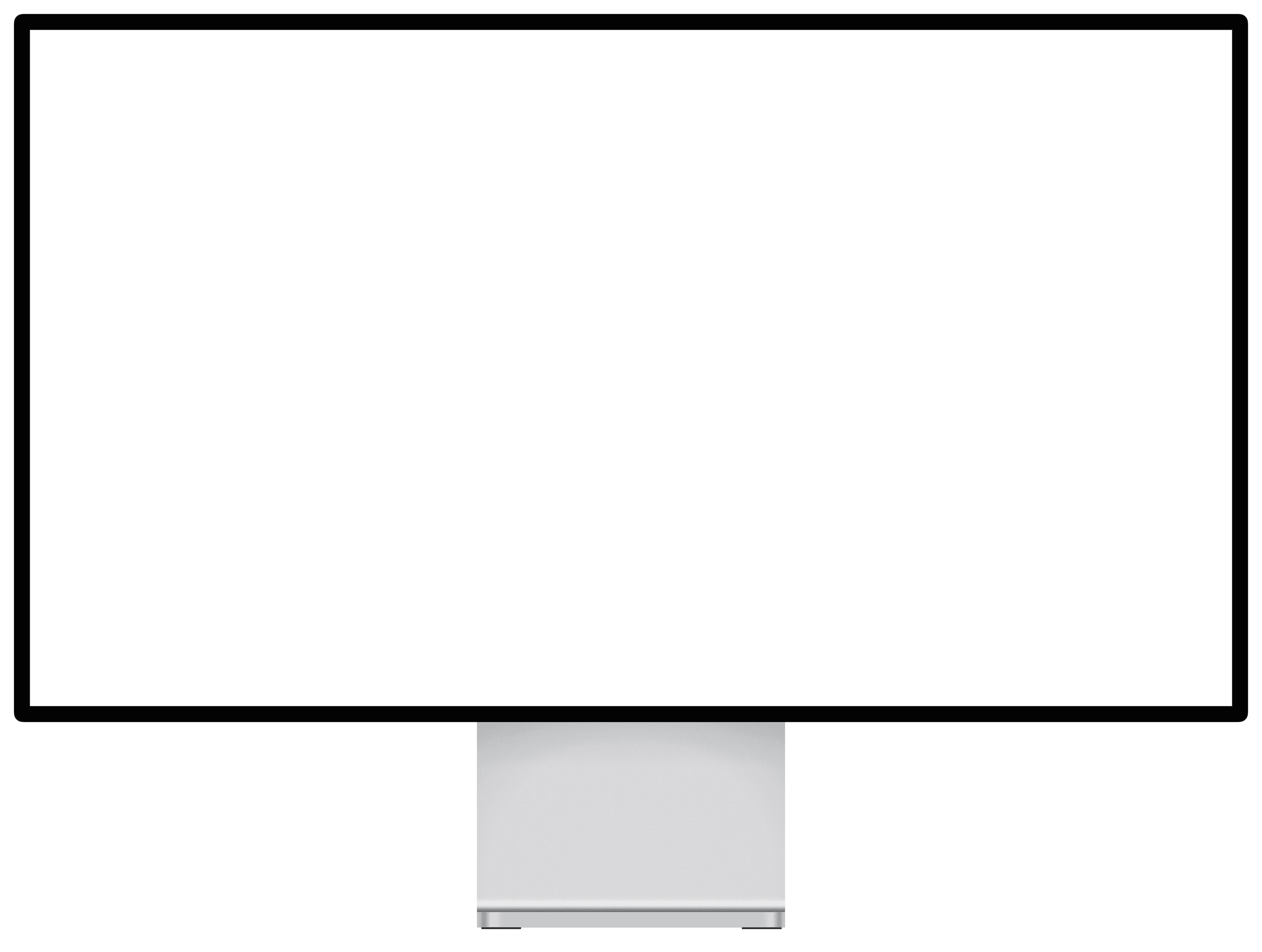workplace experience platform
Designing a platform for improving the employee experience
Discovery
We conducted a mix of open-ended, prioritized pain, and subject matter expert interviews to deeply understand user needs and business challenges.
Define
We synthesized insights into actionable personas and a user journey map to align the team on key opportunities.
Develop
We created and tested storyboards and low-fidelity prototypes, iterating based on feedback to refine our concept
Deliver
We presented our final solution, complete with a validated prototype and supporting strategy for stakeholder alignment.
We designed a centralized Workplace.OS, a responsive platform that empowers employee leaders to take action, track feedback, and measure impact across workplace initiatives.
Centralized Data
A single platform for scattered data, engagement tools, and culture initiatives.
Actionable Insights
Dashboard that surfaces real-time feedback and trends based on raw data and transforming them into practical next steps.
Tool Integration
Integrated 3rd-party HR and engagement tools directly into the platform, reducing friction.
Increased NPS scores by 65%
Our increase in NPS scores demonstrated the rising user satisfaction and perceived values of our offering as we meticiously iterated our designs.
Projected to boost tenant retention by 20%
Our final MVP is expected to increase tenant retention by 20% in properties that implement this platform which signals strong potential for long-term business impact.
Secured Funding from New Venture Team
At the end, our final MVP secured a "go" decision from stakeholders to advance to the Accelerate phase, validating the strength of our MVP and the hard work from our team.
Mixed Method Testing
In our initial research phase, we used a mixed-methods testing approach combining interactive exercises and qualitative interviews to deepen user insights. Using Miro, participants completed a customization activity to highlight their top support needs, while a pain prioritization exercise invited participants to allocate a hypothetical budget toward solving their biggest challenges. This experimental approach allowed us to narrow our MVP capabilities and yielded rich, actionable feedback beyond traditional interview methods.
Collaborative Data Synthesis
After each round of testing, I organized and analyzed interview notes, transforming data into actionable insights and spotting trends. In addition, I facilitated collaboration within the client team, guiding them to develop their own findings and collectively deciding on next steps.
Findings
After conducting interviews and three rounds of synthesis, we discovered that a key challenge for Employee Experience Leads was the lack of real-time employee data and continuous insights about their workforce. This made it difficult for them to adapt to changing employee needs and create environments that attract and retain talent.
Surveys
With the main challenge identified, Employee Experience Leads lacking real-time data and insights, we designed 2 surveys through Qualtrics to test different solution offerings that could provide leaders with the actionable workforce data they needed.
Designing
We used Figma to create multiple iterations of wireframes during the early stages of design. This iterative process allowed me to fine-tune layout and content architecture to support more efficient workflows and reduce cognitive load for our stakeholders. I collaborated closely with our team to align on content and structure, ensuring our designs were both visually polished and functionally aligned with our goals.

Final Design
Conclusion
Our 4 month collaboration finalized in a successful MVP and a clear path forward. We secured sponsorship from the New Venture Team to advance our MVP to the Accelerate phase, validating the strength of the MVP and the success of our team deliverables.
This experience sharpened my dashboard design skills and designing for B2B. I learned how to simplify complexity without sacrificing functionality. Designing for B2B also taught me the deep consideration needed for data hierarchy, user roles, and mental models that differ from consumer-facing products.
Looking ahead, I'm excited to leverage these lessons in future projects, embracing the challenges and opportunities that come with building B2B SaaS platforms.









